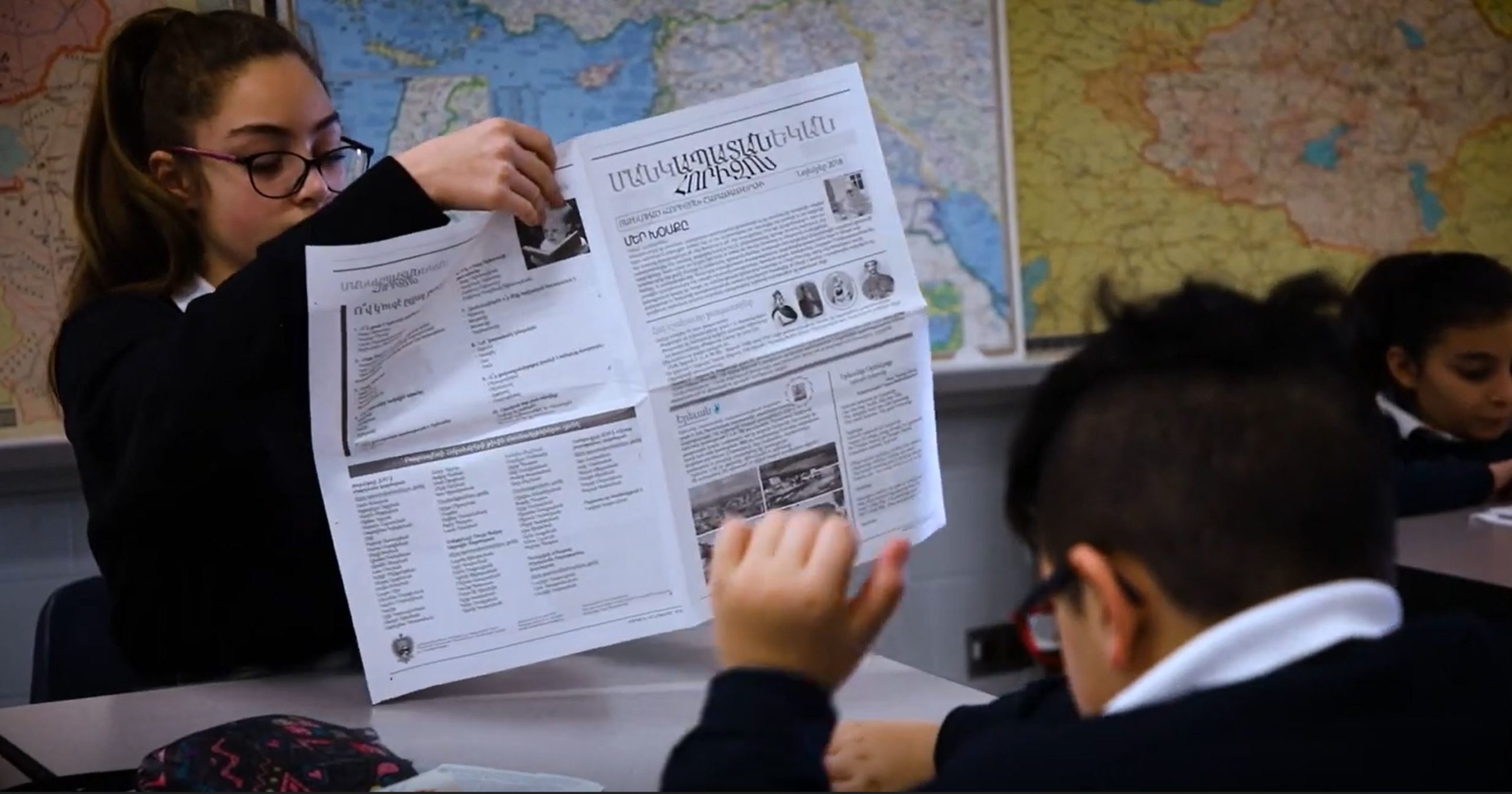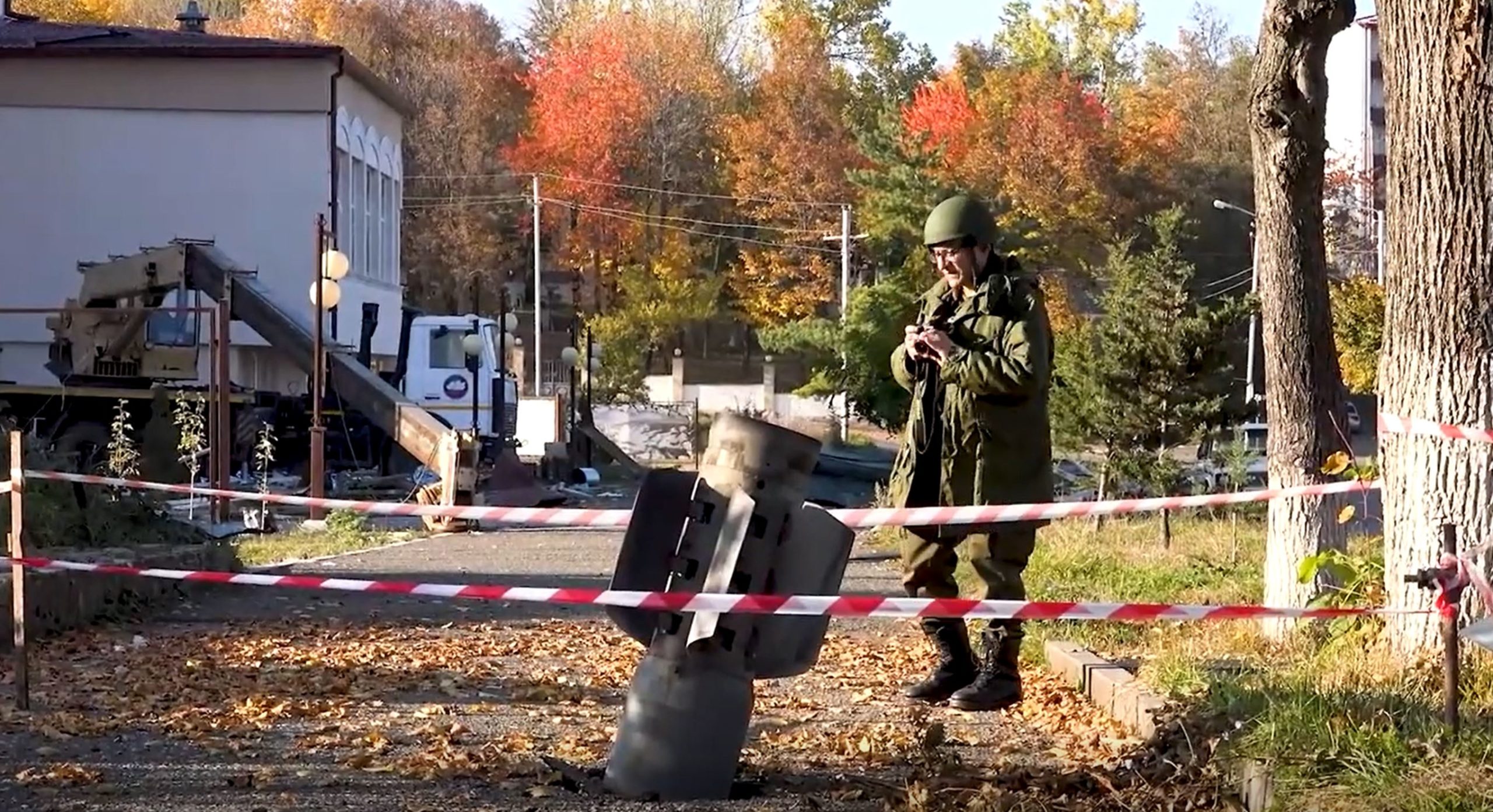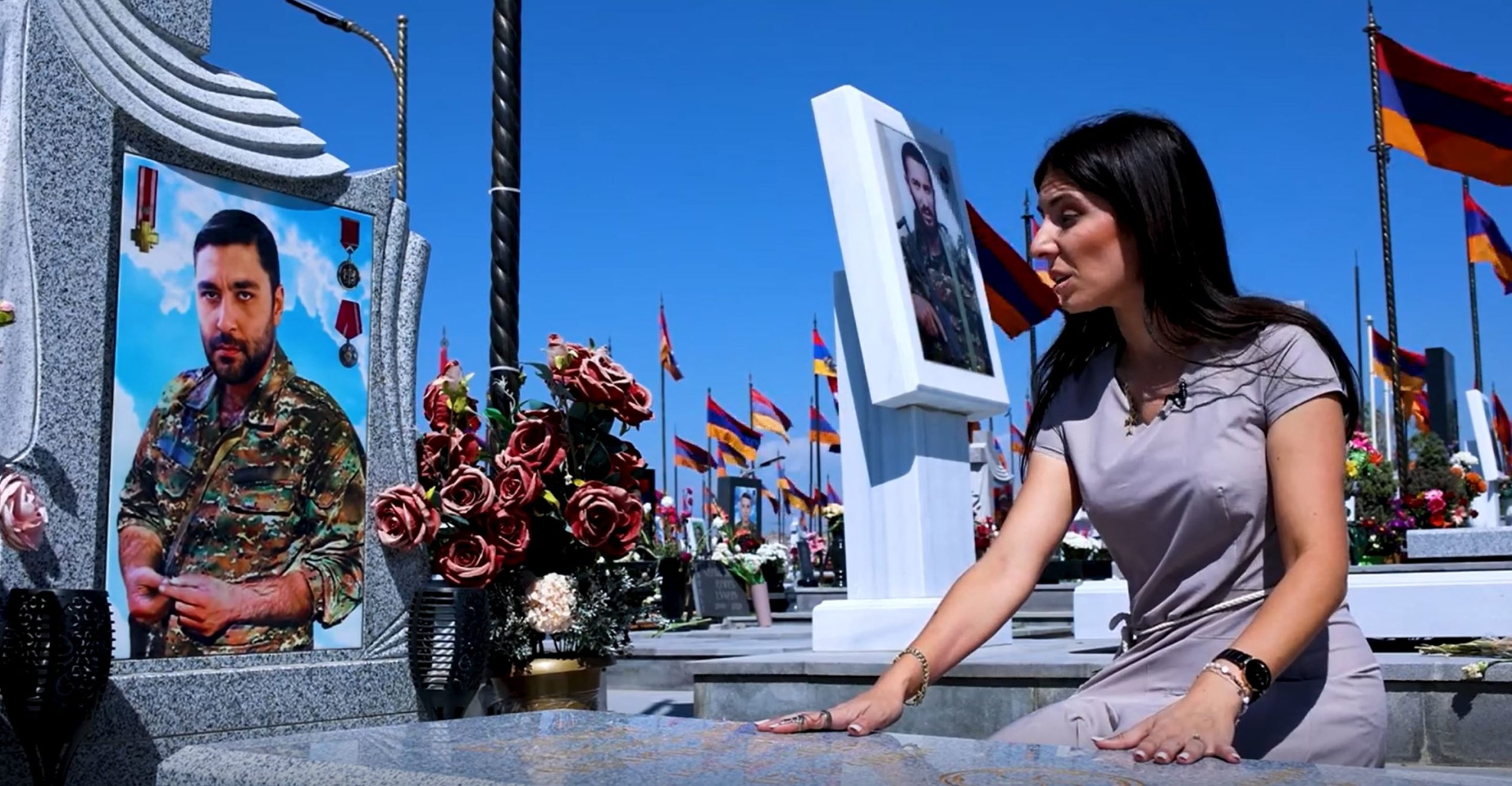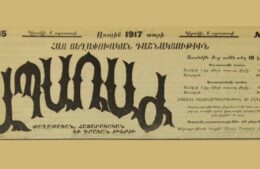Documentary about Horizon Weekly newspaper makes its Canadian premiere
- (0)

By Noushig Ghazarian Nalpatian
Horizon Weekly Correspondent
It has been 43 years that an Armenian weekly newspaper called “Horizon Weekly” saw its birth. In an ever-changing climate of getting your news in real time, the newspaper has powered through all the current platforms and continues to release its paper the old fashion way*; bringing weekly information of current events not only to Armenians in the Montreal, Quebec region but also to many others throughout the nation and outside of Canada.
The Horizon Weekly newspaper was first published on May 28, 1979 in Montreal Quebec. It is the official publication of Canada’s Armenian Revolutionary Federation Central Committee also known as ARF.
The newspaper has grown throughout the years and has seen several editors in charge of the publication and at the present time at the helm is Vahakn Karakachian.
The paper has brought all stories on a local, national, and international level facing the Armenians from Armenia and the diaspora to the fingertips of the reader.
The Horizon Weekly paper is not only a “newspaper” to most Armenians but a school of ‘teachings” for getting their story, the true story, and on the grounds of one’s political and social beliefs. The paper has taken on the form of a teacher and the reader the student. It has been there not only as information of current events but to feed one’s soul which at times, have felt empty. It has given the reader much needed direction and understanding of a nation in the ever so bitter climate of political, social, and economic upheaval in Armenia, Artsakh, Lebanon, Syria, or the diaspora in general. The paper is based on fairness and truth and getting the true facts and stories to the reader without leaving room for questions of inquiry.
A well-rounded paper as the Horizon weekly is, it not only covers current events but goes beyond its printed pages and gives space for primary school children challenges in the form of cross word puzzles or games. It also covers and gives entire pages to the church and informs the reader of its traditions, beliefs, and customs especially during high holidays.
When I was asked to attend the event that was going to show a film produced by Hagop Papazian and the 40 years of the publication of the paper, I was expecting a rundown on the origins of the paper and some key players and of course all the newsworthy stories the paper has covered. I could not have been further from the truth. Is it possible to come out of a film based on a newspaper feeling all sorts of emotion and feeling so overwhelmed that I had tears in my eyes.
The film, did cover the day-to-day aspects of getting the news to the reader, the running around, the assignments, the key players, and the mandates it had to cover. Having done all that. It went a bit further and gave us more. The film took on a human feel and brought out the real news makers and it was not only the news itself but the people reading the paper and waiting for it on a weekly bases like a gift for their soul, knowledge and moral.
The films’ introduction started off with the young primary aged students in the hallways of Sourp Hagop Armenian School in Montreal acting silly for the cameras. You knew right away; this film was going to have a deeper human connection to the audience as children normally do. Showing children right from the beginning the filmmaker already started playing on my emotional shoe strings.

Director Producer Hagop Papazian
In this situation the children were not the news story yet the newspaper was the source for the children to get the news. The paper is the teacher. In a later scene Papazian was at the Sourp Hagop Community Center where the golden age group come together once a week and meet up to socialize, have coffee and most importantly get their paper. They look forward to this as much as they look forward to seeing each other. They all have their reasons for reading the paper and some look forward to the idea as light as flipping to the end to see the weekly horescope. The paper again has taken on the form of a teacher. The readers at the Golden Age event have their reasons as to why they read the paper but at the end they all have a common theme and the paper is their teacher to the world around them and all that is current in their community and their homeland. As many of them do not have access to social media as readily available at their fingertips as the young might but they do have at their fingertips the paper readily available to them at their weekly gathering.
As I was watching the film, emotions already started stirring up in me as I knew our history in the past 30 years has seen its up and downs and reliving through the captured videos and pictures on the screen you knew this film was going to bring out those emotions.
Most papers give us ups and down of the world around us in their current events situation but this paper goes beyond that for us, says Sylva Ehramdjian, Manager at Horizon Weekly. “This paper gives the local Armenian people their news story in their mother tongue.” “It is their window to what is happening in the world.’
From its inception writer/editor Vrej Armen Artinian has seen the beginnings of the paper to its current day publications. He notes that the aim of the paper was to have the reader feel part of the whole Armenian community.
In the same thought Rev. Fr. Karnig Koyounian the priest at Sourp Hagop Armenian church mentions the paper as one of the most important organ that brings the community closer.
With a small number of people working from the day of inception on the paper it has grown to be the bridge between the homeland and the diaspora especially in the past 30 years.
There have been many contributing writers to the paper over the years. The film, takes us to a village in Armenia with writers Mr. Markar Sharapghanian and his wife Mrs. Elize. They have contributed to the paper from day one and continue to do so. Their contribution to the paper has been recognized and acknowledged by the community and the literacy community.
From Armenia’s independence to the Artsakh wars to the present-day invasions. Horizon weekly has not missed a beat with its readers. Before social media had its advancement people would come to the office to know what was going on in the homeland especially during the independence and the first Artsakh wars.
The paper digs deeper into the war of Artsakh as Vahakn himself goes to the frontlines and in real time gives the reader the true picture of what was going on from the shelling at night to the destruction sites in the morning. Churches, schools, parks he walks us through the war-torn city of Stepanakert and inside the church of Shushi lighting a candle to hopefully return one day.


The true accounts and the raw emotion shown on the screen is what the paper stands for realness, credibility, and truthfulness.
It not only corresponds the news though its writing but it carries the heavy load of how that news is corresponded to its readers. It carries the load of interpreting the news to its reader that they are fully aware of what is happening in their homeland. It carries the flag of our language in print to always know where we have been and where we are going as a nation and as a community
As the film concludes we are once again met by the young primary students at the school who know firsthand of the importance of the paper. Principal Lory Abrakian points out besides the texts books the newspaper is also a learning tool for the students.
The Horizon Weekly Newpaper in its 43 years of publication continues to teach us all everyday as a good teacher and its influence can never be erased.
*on all social media platforms as well as the internet; also publishes supplements.


















